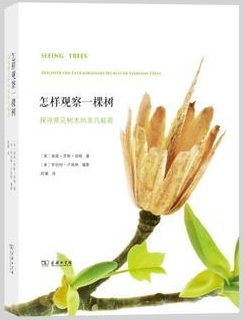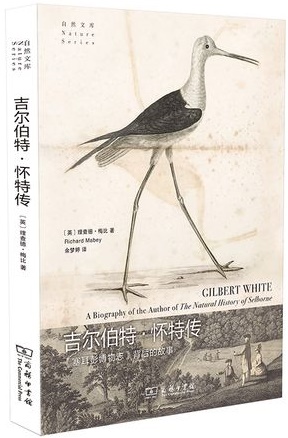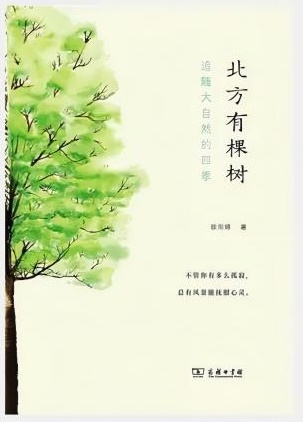Seeing Trees: Discover the Extraordinary Secrets of Everyday Trees  《怎样观察一棵树》 《怎样观察一棵树》
By Nancy R. Hugo, US THE COMMERCIAL PRESS You know about bird watching, but what about "tree watching"? In this book, published in 2016, Nancy R. Hugo shows you that there's much more to a tree than you may think. By looking at 10 well-known types of trees, Hugo opens up the world of trees, including their leaves, flowers, buds(芽) and bark(树干). She shows you how to look past the leaves to find some tree's "secrets". Written in easy-to-understand language, Hugo offers ways to kick-start a"tree-watching" hobby. The book also features many amazing tree pictures. The Natural History of Selborne  《塞耳彭博物志》 《塞耳彭博物志》
By Gilbert White, UK Penguin Classics This one is a natural history classic. Written in 1789, the book explores the natural world of Selborne, a village in England where the author lived. Over a period of 20 years, White describes different animals through the changing seasons. We can see the world with the same joy and attention as the author. The book is made up of letters. White wrote to two of his friends. This gives it a feeling of warmth and energy. White wasn't a scientist, just a curious person. This made him "a true natural historian", said the Natural History Museum of the UK. There is a Tree in the North 《北方有棵树》  By Ouyang Ting, China THE COMMERCIAL PRESS By Ouyang Ting, China THE COMMERCIAL PRESS
You don't have to go to a forest or mountaintop to observe(观察)nature. Ouyang Ting proves this point in her book. She shows us the wonders of nature in the modern and busy city of Beijing across all four seasons. From ice and snow to flower blossoms(花朵), Ouyang looks at all things around us in detail. She also talks about the weather, like the clouds, wind and rain. Ouyang's rich knowledge of natural history makes her descriptions jump off the page. The book shows a new possibility for Chinese naturalists to write about nature from a complex perspective(复杂的视角), noted newspaper China Reading Weekly. |